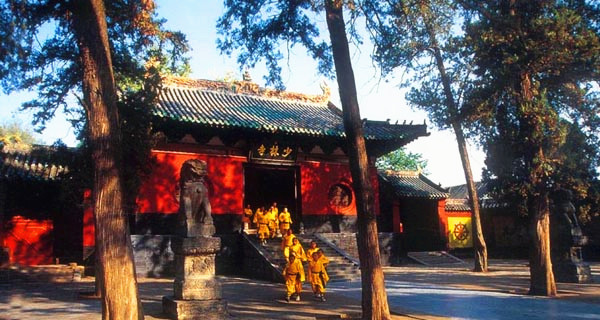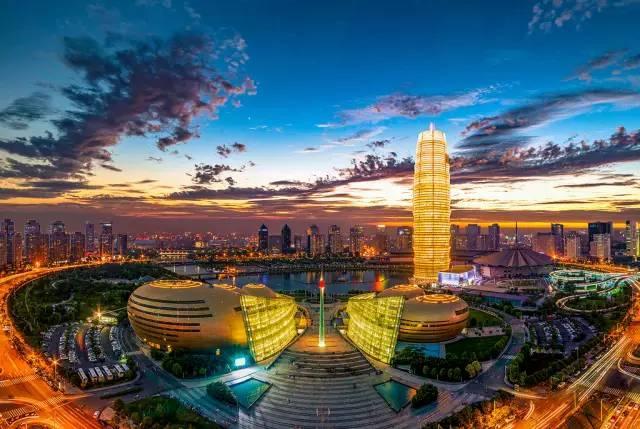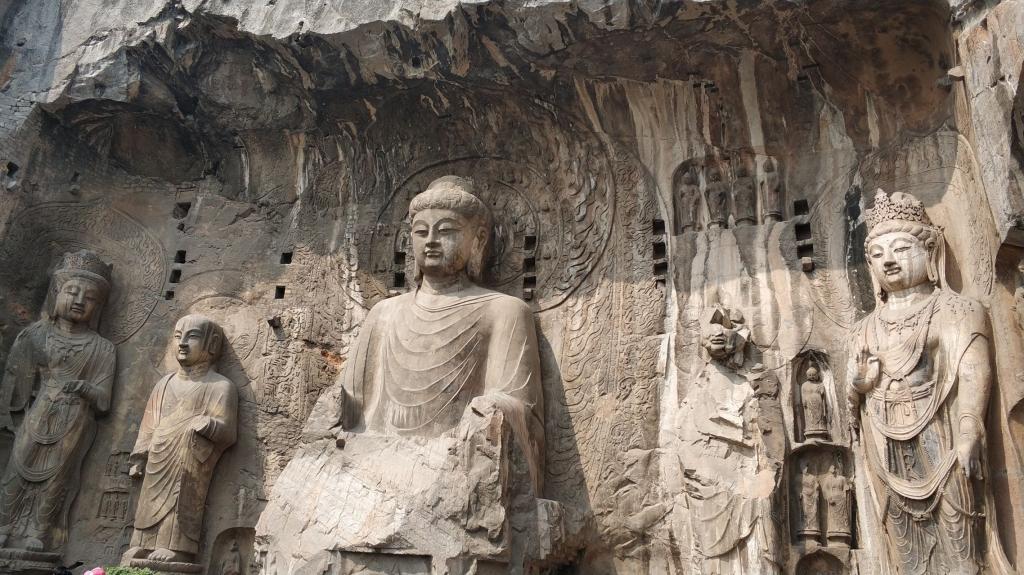




Henan is located in the east-central of China with the middle and lower reaches of the Yellow River stretching out, which divides the province into two unequal parts, with the majority of the province located in the south of the river, hence the name (“South of the River”). Most areas of Henan lie in a warm temperate zone with four distinct seasons. Annual average temperature in the north is 10.5 degree Celsius and in the south 16.7 degree Celsius. The province, with majestic view in the north and natural beauty in the south, is an ideal tourist attraction with panoramic views dotted by mountains, rivers and lakes. Remarkably, it has 8 national scenic areas and 23 provincial-level scenic spots.
Henan is the cradle of the Chinese nation and abounds in prehistorical and early historical interest. From Xia Dynasty to Song Dynasty, more than 20 dynasties ever set or moved their capitals here and it remained China's political, economical and cultural center until approximately 1,000 years ago. Of the 8 ancient capital cities of China, Henan has 4, including Luoyang (the capital of 9 ancient Chinese dynasties), Kaifeng (the capital of 7 ancient Chinese dynasties), Anyang (the capital of the Yin-Shang Dynasty, or the late Shang Dynasty) and Zhengzhou (the capital of the Shang Dynasty). Henan features numerous cultural relics and historic sites, among which the number of underground cultural relics and the cultural collections ranks at the forefront of the country. There are many renowned places of interest in Henan, such as the Duke of Zhou Tower - the most ancient building of the same kind where scientists used to measure the sun’s shadows, the White Horse Temple - the first Buddhist temple in China, Shaolin Temple - the best-known temple in China, and Da Xiang Guo Temple, famous both at home and abroad. Up to now, there have been 189 units of national key cultural relics protection in Henan.
Besides the fact that a number of cultural relics and historic sites have remained intact until now in Henan, the region’s rich cultural heritage, in particular, the Yu Cuisine has already established itself as the one featuring the diversity in cooking food, which means that the Yu Cuisine has as many as 50 ways to cook, for example, food can be made by way of getting chopped to put over rice, braising, deep-frying, quick-frying, high heat stir-frying, stir-frying, stir-frying then cooking with sauce and water. The meat chops over rice is well favored by people and enjoys the reputation of thickening the broth without the addition of a mixture of cornstarch and water into it. Besides, a hot pan and cold oil is the way to follow when we are cooking a dish through high heat stir-frying in a very short time, in order to end up making the food crispy and its sauce cream white. Some time-honored delicacies of the Yu Cuisine have long been well-received by eaters at home and abroad.
Currently, Henan, located between coastal open regions and west-central regions of China, is now playing a vital role as both a transport and communications hub and a “distribution center” of the whole country, and it is also intermediate between the west and the east economic zones of China in terms of the ladder of economic development. The country's strategic deployment for the rise of central China is a remarkable indicator of the regional advantages of Henan.



